Are automotive jargons still bothering you? Don’t fret as we put all your doubts to rest.
The only difference between a car lover and a car enthusiast is that the former actually knows about the technicalities. So what category do you fall in?
Well, whatever the category is, we’ll make sure you don’t have to stay in the dark. Your journey from an enthusiast to a (car) lover begins here. So, let’s look at some of the technical terms which you will come across when you join the car lover’s club.
In case you missed our previous versions of the automotive jargons and their meanings, read these:
Part 1: 10 Automotive Terms (Jargons) Simplified and Explained | Part 1
Part 2: 8 Automotive Terms (Jargons) Simplified and Explained | Part 2
Part 3: 9 Automotive Terms (Jargons) Simplified and Explained | Part 3
1. TSI (Turbocharged Stratified Injection)
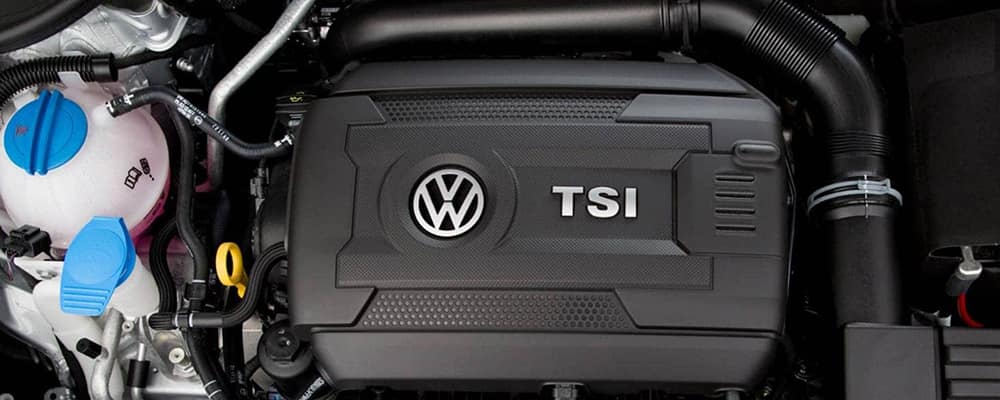
If you’re a Volkswagen enthusiast, then you might already know what we are talking about here. The TSI or the turbocharged stratified injection is the petrol equivalent of the diesel engine. It tends to provide higher torque at lower RPMs i.e. more power with lesser fuel usage. The TSI engine does duty in a variety of VW cars today. From Passat to the Beetle and from the Golf to the Tiguan, every one of them has a TSI engine.
2. SAE (Society of Automotive Engineers)

The SAE or Society of Automotive Engineers is now known as SAE International. It is a US-based organisation and develops a standard for engineering professionals in a list of industries.
The membership to the organisation is granted to individuals rather than organisations. It has more than 138,000 members involved in some or the other way. The organisation was set up in 1905 and has been working in the field of mobility.
3. HCV (Heavy Commercial Vehicles)

The commercial vehicle market is quite large in the country. In order to avoid any sort of miscommunication and confusion, the commercial vehicle segment is bifurcated into three categories. The categorization is done on the basis of the gross vehicle weight.
The vehicles which have a GVW greater than 16.2 tons fall under the HCV category.
4.CVTi Engine (Charge Motion Variable Time Ignition)
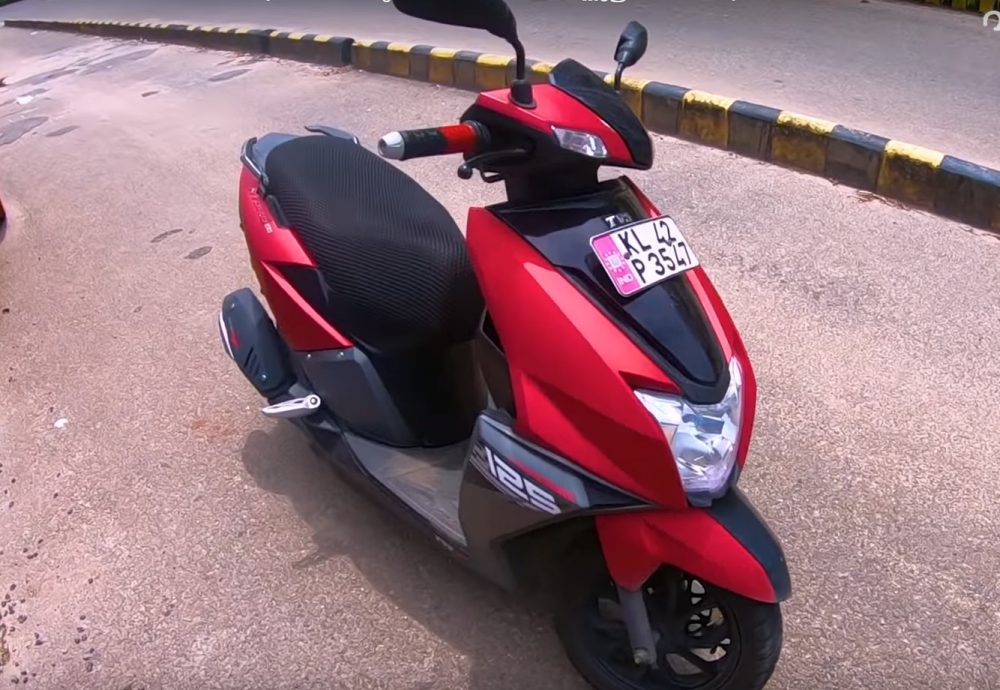
The CVTi engine is a new technology in engines. It was designed and developed by TVS Motors for its two-wheelers. The engine tends to optimise the air-fuel mixture in the cylinder. It provides a unique combination of ‘swirl and tumble’ motion generates a boosted pick up. This is done without hampering the mileage of the vehicle.
5. CCVTI (Controlled Combustion Variable Timing Intelligent)
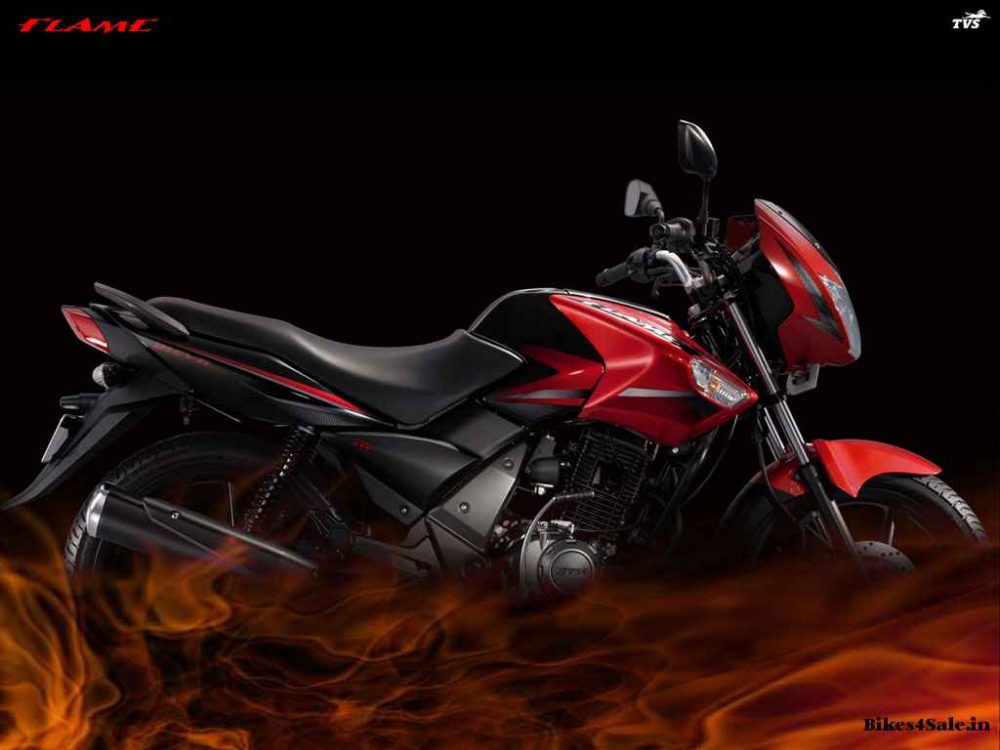
The CCVTi engine is also developed by TVS Motors. The engine is equipped in TVS Flame’s petrol engine. The engine involves 3 different valves. It follows the same swirl and tumble motion in its bike’s engines. This further provides a more efficient engine with better mileage.
6. EBD (Electronic Brake Distribution)
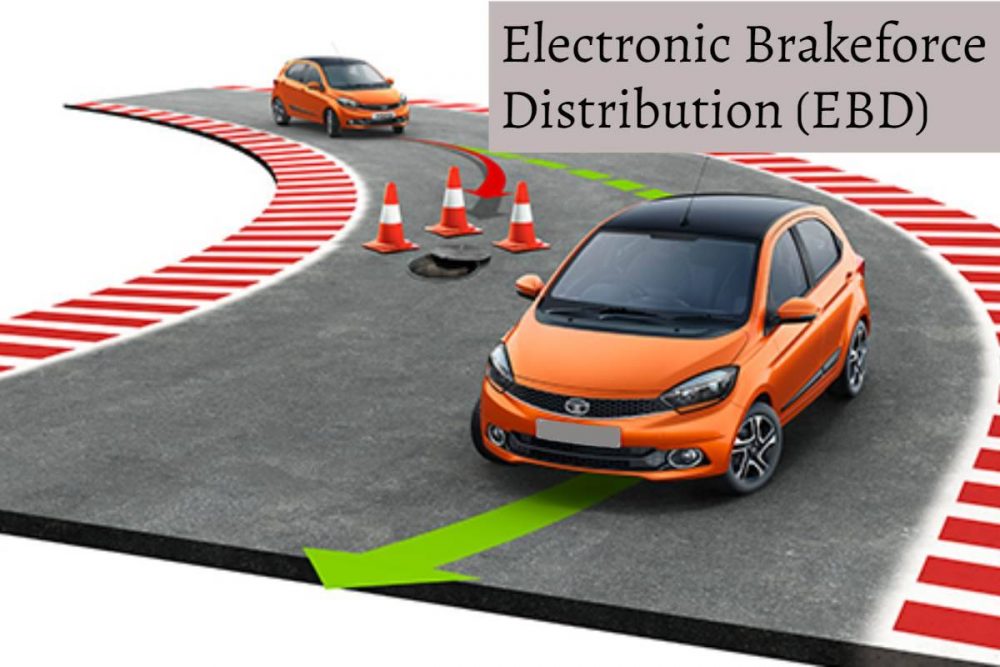
This is one of the most widely known automotive jargons for sure. EBD is a system in which the amount of braking in each wheel can vary considering different factors. The basic theory behind the functioning of an EBD system is that – it might not be necessary to apply brakes with the same force on each wheel.
The EBD system makes use of the speed sensors, the brake force modulators and the electronic control unit. Moreover, it is usually combined with ABS to make the rides safer, overall.
7. BMEP (Brake Mean Effective Pressure)
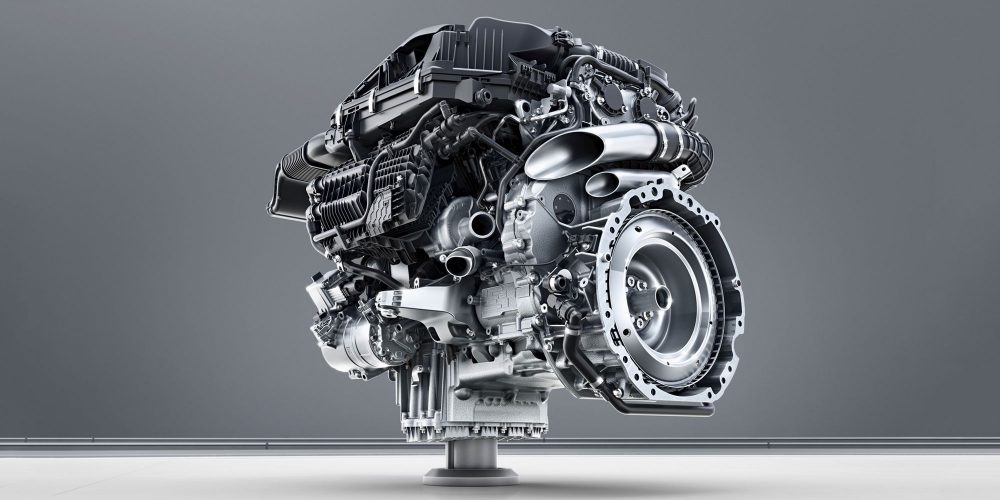
Brake Mean Effective Pressure (BMEP) is an engine performance measurement yardstick. It is used to measure the effectiveness of an engine by measuring the reliability to the claims.
Mean is another word for average, which means the average effective pressure of all stroke cycles. The BMEP measures engine capacity regardless of the capacity and engine speed.
8. BSFC (Brake Specific Fuel Consumption)

The BSFC is a parameter which measures the efficiency of a combustion engine which burns fuel and produces rotational power at the crankshaft. An internal combustion engine uses fuel and air to produce energy. Moreover, a dynamometer is used in the entire process hence the term ‘brake’ is used.
Want to learn more about them? Wait for it and we’ll be coming up with more such automotive jargons, explained.





